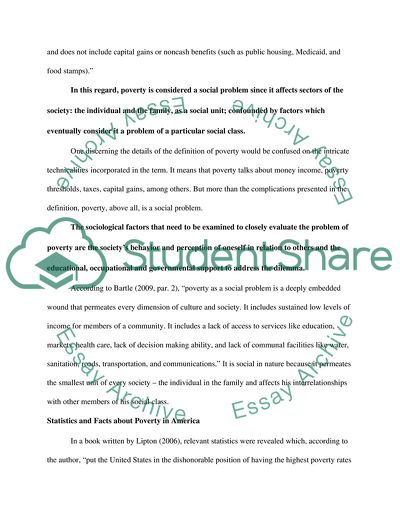Cite this document
(The Issue of Poverty in the United States Coursework, n.d.)
The Issue of Poverty in the United States Coursework. https://studentshare.org/social-science/1728417-poverty-in-the-united-states
The Issue of Poverty in the United States Coursework. https://studentshare.org/social-science/1728417-poverty-in-the-united-states
(The Issue of Poverty in the United States Coursework)
The Issue of Poverty in the United States Coursework. https://studentshare.org/social-science/1728417-poverty-in-the-united-states.
The Issue of Poverty in the United States Coursework. https://studentshare.org/social-science/1728417-poverty-in-the-united-states.
“The Issue of Poverty in the United States Coursework”. https://studentshare.org/social-science/1728417-poverty-in-the-united-states.


